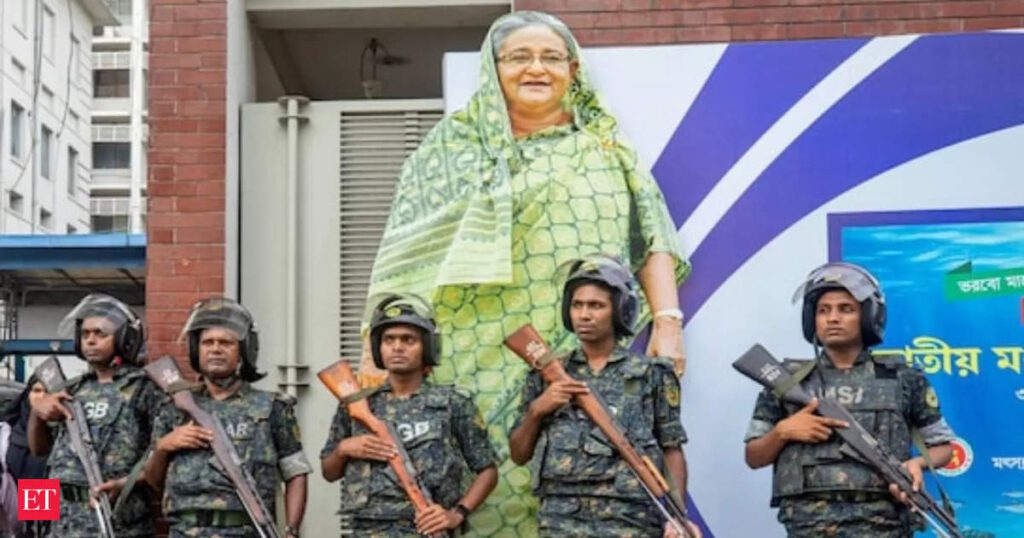Bangladesh now has a new interim government in place. Nobel laureate Muhammad Yunus took the oath of office, and his interim Cabinet was formed with 16 members primarily from civil society, including two student protest leaders, following the president’s dissolution of Parliament. The new Cabinet members were selected after discussions earlier in the week between student leaders, civil society representatives, and the military.
In the short term, the country needs to restore order and stabilize its economy. Over the longer term, Bangladesh must address the broader economic issues that initially drove the protesters to the streets.
Bangladesh’s economy: A story of over-reliance
Starting in the 1970s, Bangladesh began economic reforms, with the garment industry becoming a key sector for decades. Since coming to power in 2009, Hasina concentrated on this industry and expanded into new global markets, significantly driving the country’s growth.
The affordability of Bangladeshi garments appealed to international retailers, particularly fast-fashion brands like Zara and H&M. This demand not only created millions of jobs, primarily for women, but also improved living standards. Hasina invested heavily in infrastructure, providing international companies with confidence in the country’s ability to meet their needs.
Garment exports drove more than 80% of the country’s earnings.


Bangladesh’s economy, in numbers
Having witnessed a steady 6 per cent growth between 2011-19, even the retail inflation dropped below 6 per cent post 2016. Bangladesh’s GDP per capita doubled from $1,032 in 2011 to $2,154 in 2019. Then, Covid-19 pandemic happened. The textile-export powerhouse was hit badly by the Covid-19 pandemic.
Despite recovering from the COVID-19 pandemic, Bangladesh’s growth rate is expected to stay below 6 per cent in 2024. The country faces additional economic challenges, including inflation surpassing 9 per cent and a devalued currency, the taka. This devaluation has reduced per capita income in dollar terms and contributed to dwindling forex reserves. Reports also highlight significant unemployment, all of which have contributed to youth unrest and the eventual end of the Hasina regime.


Bangladesh’s GDP per capita has moderated, so has its growth rate and overall economy size. The country failed to diversify its growth options and remains over-reliant on textiles.
Its exports more than tripled from $15.1 billion in 2009 to $54.7 in 2022. Share of textile and clothing in its overall exports increased from 84.7% in 2009 to 87.5% in 2022. This over-reliance took a toll on its currency as trade deficit boomed, leading to the devaluation of the Taka against the US Dollar.

